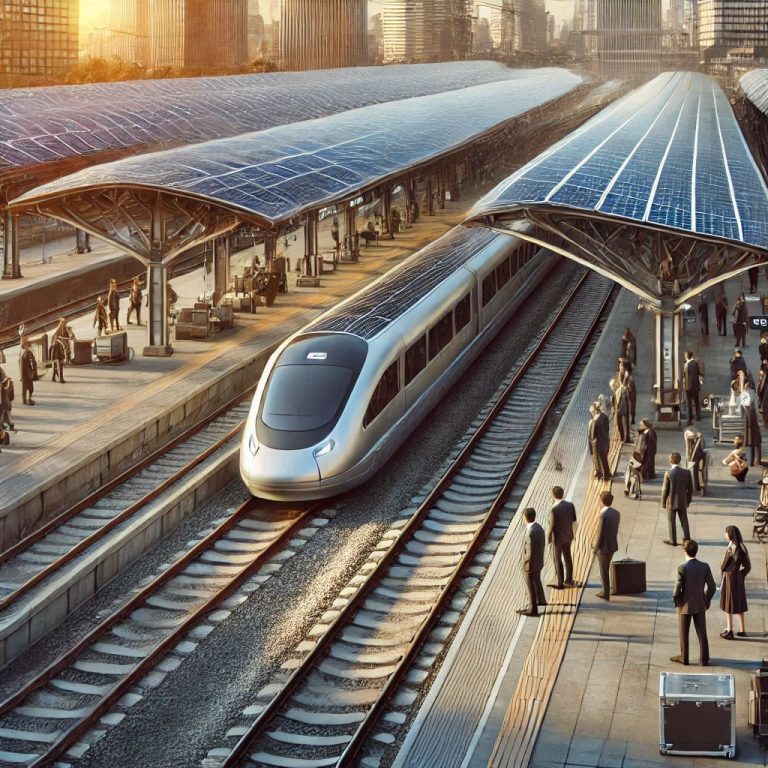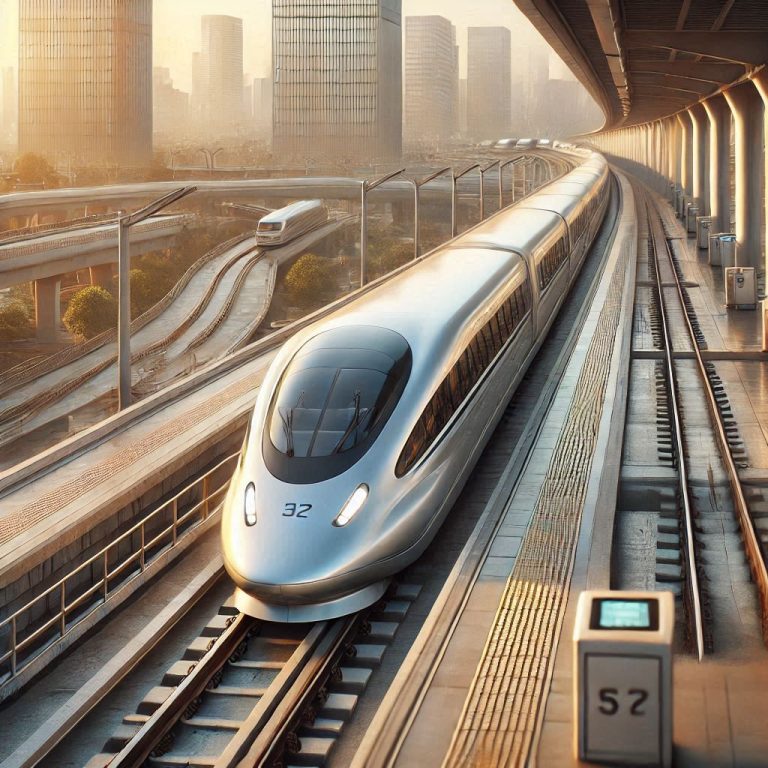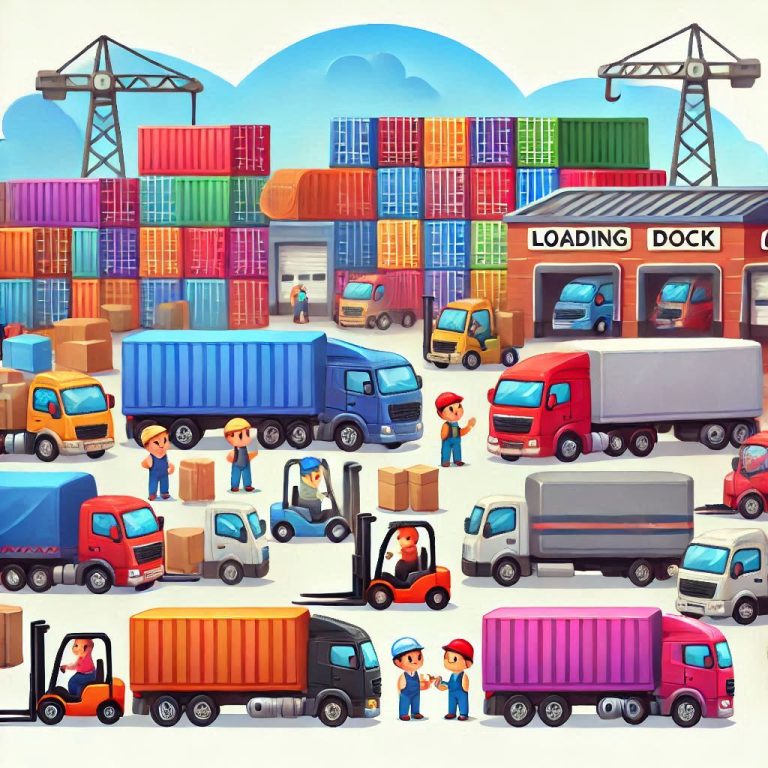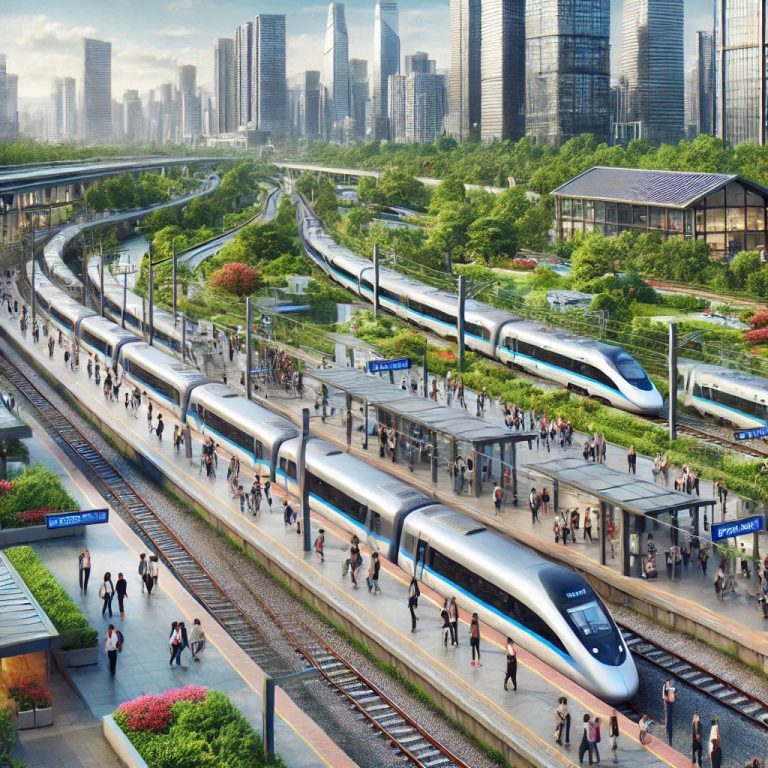
Introduction:
The realm of rail travel is witnessing a renaissance, driven by technological breakthroughs, environmental considerations, and the ever-growing need for efficient and sustainable transit solutions. Looking ahead, various groundbreaking trends and advancements are poised to redefine the future of train travel, ensuring faster, greener, and more comfortable experiences for passengers globally.
High-speed rail is at the forefront of this transformation. Nations such as China, Japan, and France have already made significant strides in developing extensive high-speed networks, with new projects set to enhance these systems even further. For example, China’s CR450 trains, capable of reaching speeds up to 450 km/h (280 mph), are poised to revolutionize intercity travel by drastically cutting journey times and offering a more eco-friendly alternative to air travel.
Europe is also making waves with its high-speed rail initiatives. Germany’s Deutsche Bahn recently introduced a direct daytime InterCity Express (ICE) service between Paris and Berlin, providing a sleek and sustainable travel option. This new route complements the existing Nightjet sleeper service, offering travelers a range of choices.
Luxury train travel is another burgeoning trend. There is growing interest in “land cruise” trains that provide five-star hotel-style accommodations, with new routes emerging in Italy, France, Saudi Arabia, and the United Kingdom. These trains offer passengers a unique travel experience, combining comfort and elegance with the scenic beauty of rail journeys.
Environmental sustainability remains a critical focus in the future of rail transport. Rail operators are investing in greener technologies, such as battery-powered trains and hydrogen fuel cells, to reduce their carbon footprint. The UK’s London North Eastern Railway (LNER) has introduced a fleet of “tri-mode” trains that can operate on battery power, electricity, and diesel, showcasing the potential for cleaner and more versatile rail transport.
Technological advancements are also enhancing the passenger experience. Modern trains are equipped with state-of-the-art amenities, including Wi-Fi, onboard entertainment systems, and advanced safety features, making train travel more enjoyable and convenient.
Looking ahead, the continued development of high-speed rail, luxury train travel, and sustainable technologies will play a pivotal role in shaping the future of rail transport. These innovations promise to make train travel faster, greener, and more luxurious, providing passengers with an exciting and sustainable way to explore the world.
Conclusion:
The future of rail transport is bright, with numerous innovations and advancements on the horizon. The ongoing development of high-speed rail, luxury travel options, and sustainable technologies is set to bring exciting changes to the world of rail travel. As these innovations are embraced, we can look forward to a future where trains play an even more critical role in connecting people and places while reducing environmental impact and enhancing the travel experience.



